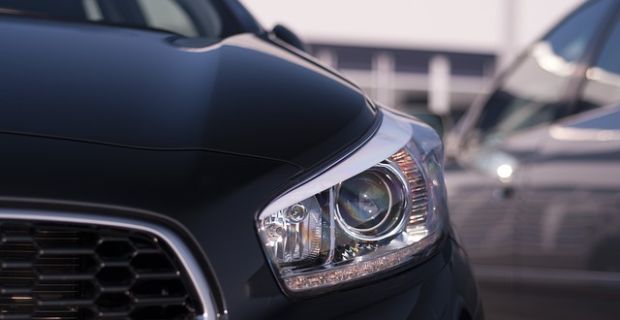
By decoding the VIN number, you will be able to verify that the current equipment of your Acura car is original equipment, installed in the vehicle by the manufacturer. It’s also worth verifying the paint colour, and paying attention to upholstery, windows, trim, window heating or the number of airbags.
If any of the equipment does not match, it may mean that the vehicle offered may have been in an accident!
Another important argument for buying a full report is the information about whether the car did not enter Poland illegally, to be precise: it was not stolen. Unfortunately, this problem occurs more and more often and concerns all Acura cars like MDX, NSX, RL, RSX, TL, TSX, regardless of their security features.
Decode the VIN number in Acura
Remember that the VIN number is like the bottom code of any car, and a VIN decoder allows you to read the data encoded in it in a quick way. Just click on the form below.
The body number, due to its uniqueness, allows us to obtain a lot of information about the vehicle, such as airbag type, country of origin, engine capacity or equipment. If you want to check the VIN number yourself, there are a few things you need to remember, i.e:
-
- The first character of the VIN number indicates the region from which the vehicle originates.
- The second and third characters indicate the manufacturer of the vehicle, such as Ford or Honda.
- The fourth to eighth characters indicate the make of the vehicle as well as the engine size and type.
- The ninth character of the VIN number is a check mark, which indicates that the VIN number is correct.
- The tenth character indicates the model year of the car.
- The eleventh character indicates the assembly plant.
- The final VIN string indicates the car’s unique serial number, which can help prevent VIN fraud.
What is a VIN number?
The VIN, or Vehicle Indentification Number, is a unique vehicle identification number that contains numerous and important pieces of information about a car. The VIN includes information such as country of manufacture, model year, drive type, engine version, equipment options, among others.
VIN numbers were first used in 1954 in the United States. Car manufacturers such as Acura were already marking their cars in this way. Marking of this type began to be used by manufacturers in Europe. However, the first numbers looked very different. It was not until the 1980s (in 1981 to be precise) that the world’s manufacturers, together with the US manufacturers, finally agreed on this issue.
In 1981, the National Highway Traffic Safety Administration in the United States standardised the format. Cars sold should contain a 17-character VIN that does not contain the letters I (I), O (o) or P (q) (to avoid confusion with the numbers 1 and 0).
A common standard has therefore been developed to facilitate the work of the police, insurance companies and used car dealers. From now on, the VIN of each car has 17 characters – letters and numbers.


 EN
EN  PL
PL  RU
RU  DE
DE  HU
HU  EE
EE  LV
LV  RO
RO  SI
SI  CZ
CZ  LT
LT 